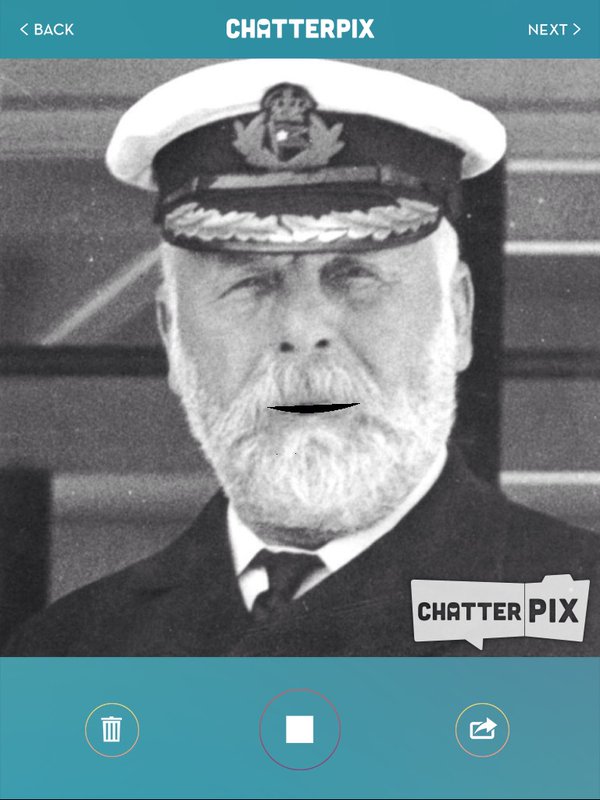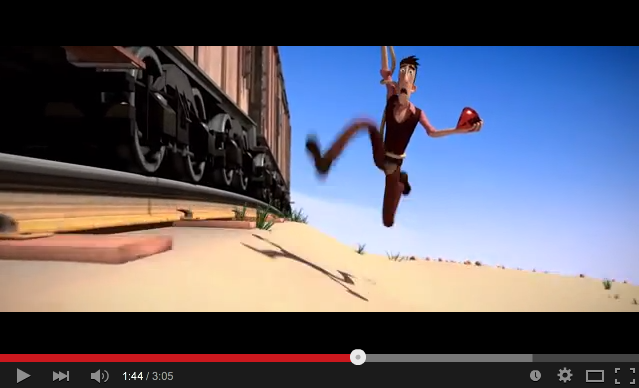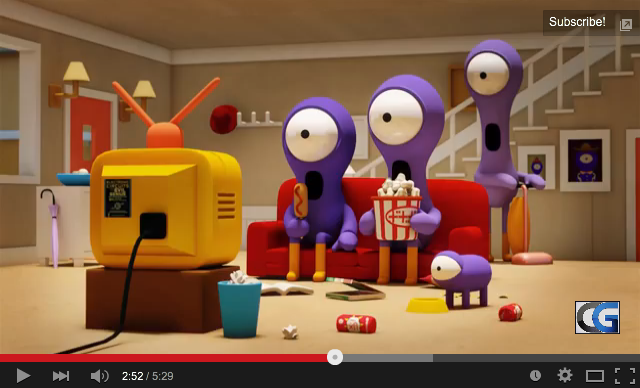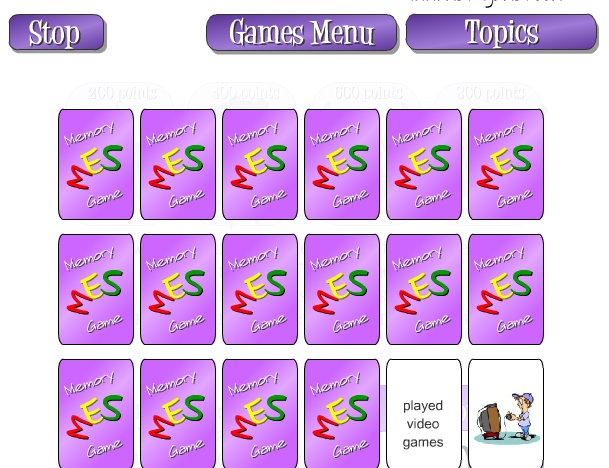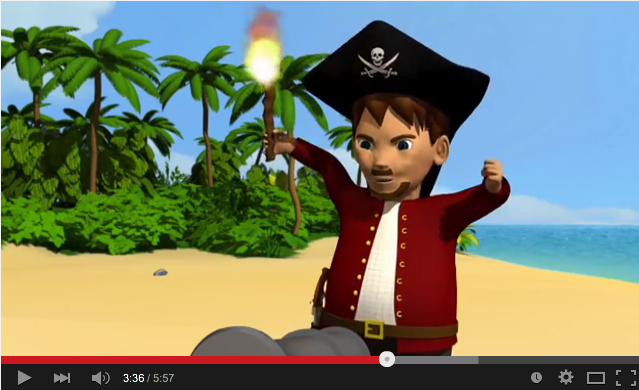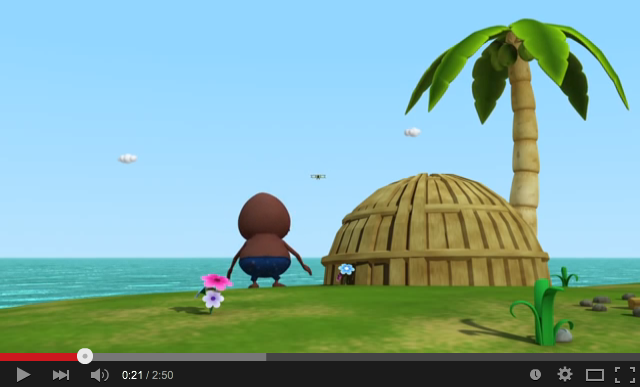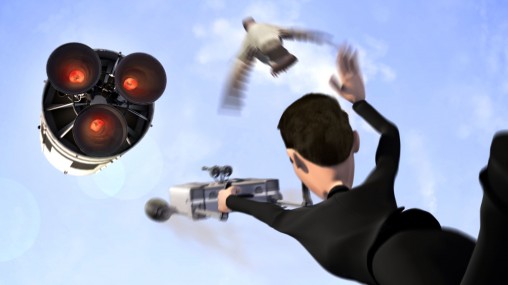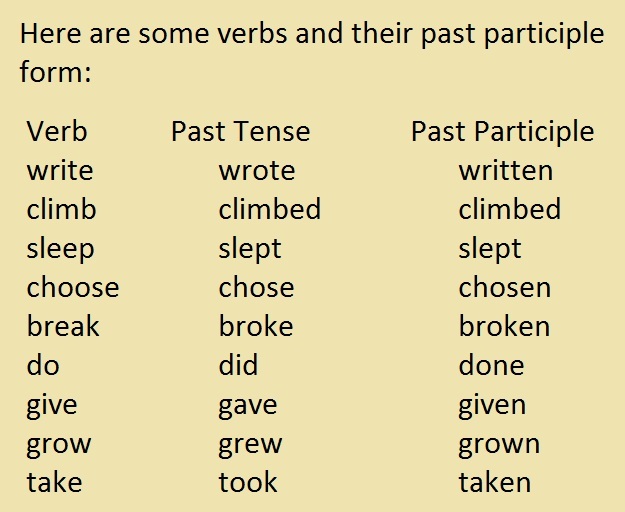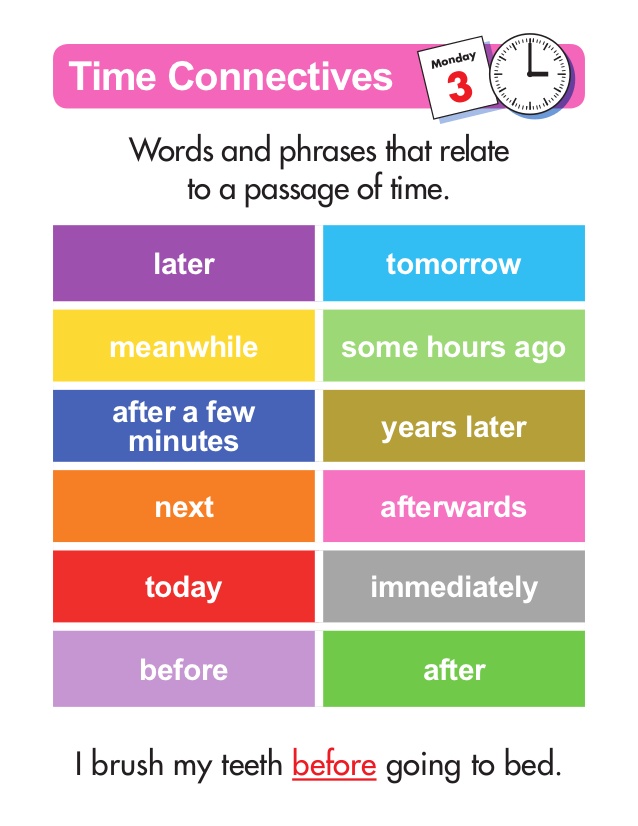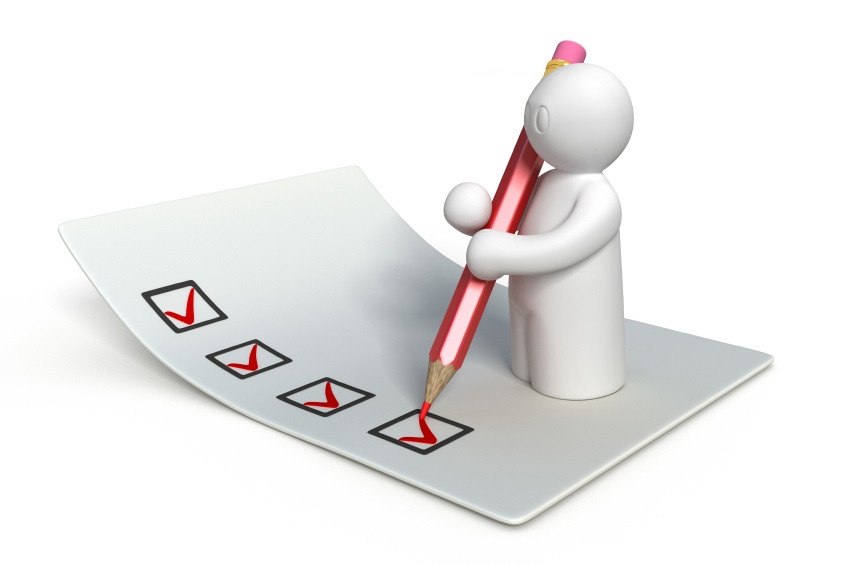Teaching Recounts
ChatterPix and Characters
Overview
In this lesson your children will get into character using the Chatterpix app. The particular example shown is the Titanic Captain Edward Smith but this lesson can be used using any character.
Other Teaching Ideas:
1. Shapes and properties.
2. Describing a setting.
3. Giving explanations.
Wanted
Two criminals plan a great train robbery. A great opportunity for your children to write some inspiring recounts.
– Write a recount from the perspective of a sheriff trying to track down the outlaws.
– Write a recount from the perspective of the outlaws.
– Write a newspaper report about the duo.
Johnny Express
It’s 2150, and there are all sorts of Aliens living throughout space.
Johnny is a Space Delivery Man who travels to different planets to deliver packages. Johnny is lazy and his only desire is to sleep in his autopilot spaceship. When the spaceship arrives at the destination, all he has to do is simply deliver the box. However, it never goes as planned. Johnny encounters strange and bizarre planets
and always seems to cause trouble on his delivery route. Will he be able to finish his mission without trouble?
– Create a newspaper report on the events from an alien perspective about “The Gaint’.
– Create observation notes from the perspectives of the aliens and Johnny. Explore thoughts, feelings and observations made.
Past tense Match
A game where the children must match up pictures with the past tense phrase. A great way to introduce children to past tense when writing recounts.
Benny's Booty
This animation is a great resource to stimulate the quality of narrative writing in your KS1/KS2 class. Benny is having trouble opening his treasure chest.
– All your children could retell the story in third person.
– Hot seating activity
– Write a piece from the perspective of the chest in the first person.
– Create a wanted poster for Benny the Pirate for stealing the chest.
– Write a newspaper report about Benny and interview him.
Island
Stranded on an island what sort of things would you get up to? This animation is a great introduction to writing a recount of one night on an island.
– Create a mind map of the things you would need to consider if stranded. Weather etc.
– Create a beginning to this story in first person. How did the man end up stranded?
Discoveries
Cairo, 1920, an archaeologist is about to discover the secret of the Egyptian Pyramids…
Using the wonders of the world, allow your class to create a discovery. The wonder of the world can turn into anything they want or they can find anything they want inside. Maybe they live in the wonder and describe what they see each day. An open lesson to promote creativity.
Pigeon Impossible
A recount involves someone giving an account of an event or experience.
In Foundation level and early KS1 it is important to encourage the children to write/tell recounts using their experiences. For the majority of children in Foundation/KS1, it is difficult for them to put themselves into someone else’s shoes.
In KS2 it is important for learners to place themselves into scenarios outside of their experience to showcase their creativity. This gives them the chance to be original and generate thoughts, feelings, emotions and events that are outside of their primary experiences.
Inspiring the children by using a video stimulus such as Pigeon Impossible can stimulate the children to write fantastic recounts.
Recounts
Tell the story either from the point of view of the agent, pigeon or passerby. Ensure your story follows chronologically, past tense language and first or third person. You can use this format to break the story down into meaningful steps opposed to beginning, middle and end. Below is an example I use…
Boarding – Explain how your day started off. Describe thoughts, feelings, observations.
Take Off – Describe the exciting events from your point of view, remembering that what may be fun for you could be a disaster for others.
Landing – How did the story play out? Describe the details of how the excitement came to an end and the effect this has on you and others.
Note: You could also pause the story before the end and challenge your pupils to think of a way to capture the pigeon.
Other ideas
News Reports or news article
– Hot-seating main characters and passersby.
– Storyboard
– Retelling the story.
Foundation Stage and KS1
A Trip with my Toy
A Trip to the Park
A Trip to the Zoo
In the morning I…
My Last Holiday
First Person Narrator
When you write in the 1st person, you put yourself inside the writing by describing how you felt and what you were doing.
If you were writing about your first day at a new school, you might put:
‘As the door opened to my new classroom I felt sick to my stomach. I walked in and saw thirty children’s faces just staring at me. I wanted to run home’.
Past Tense
Recounts are written in the past tense because you are writing about something that has already happened.
Lots of verbs change when you write them in the past tense. Adding ‘ed’ to the end of many verbs makes them past tense. In others, just a few vowels in the verb change.
For example:
‘I placed the ball on the penalty spot and took a deep breath. As I walked back to edge of the box and turned around, I could see that the goalkeeper looked nervous. I knew this was my last chance to score before the final whistle blew.’
Chronological Order and Time Connectives
Recounts are usually written in the order in which they happened. This is called chronological order.
To do this you will have to use time connectives such as:
Firstly
Next
Then
After that
Meanwhile
Eventually
Later
Finally
When you are planning your recount, think about the important and interesting parts of your experience.
Next you will need to think about when they happened, who else was involved, where you were and why you felt like you did.
Now you can start to plan out your beginning, middle and end, deciding on the types of connectives, past tense verbs and pronouns you are going to use.
Purpose, Style and Paragraphs
Purpose: Recounts can really help people to imagine what an experience was like, so use lots of descriptive words and phrases to make it seem like your reader is there with you.
Paragraphs: Break up your recount into paragraphs. This makes it easier to add in all of the best bits and to put them into chronological order. Use time connectives to introduce each section.
Style: Recounts are written in the 1st person, the past tense and in chronological order, using pronouns such as ‘I’ and ‘we’. Try to help the reader to imagine how you felt by exaggerating your emotions and using amazing adjectives.

